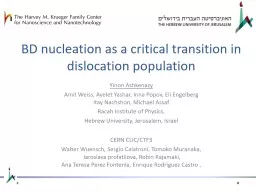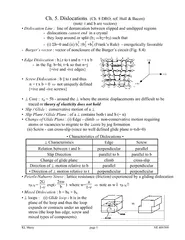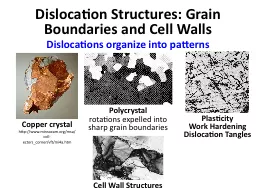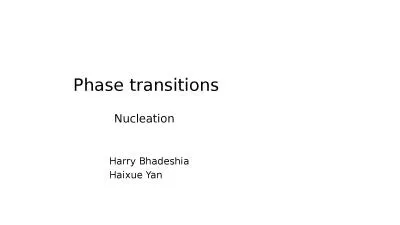PPT-BD nucleation as a critical transition in dislocation population
Author : majerepr | Published Date : 2020-08-05
Yinon Ashkenazy Amit Weiss Ayelet Yashar Inna Popov Eli Engelberg Itay Nachshon Michael Assaf Racah Institute of Physics Hebrew University Jerusalem Israel
Presentation Embed Code
Download Presentation
Download Presentation The PPT/PDF document "BD nucleation as a critical transition i..." is the property of its rightful owner. Permission is granted to download and print the materials on this website for personal, non-commercial use only, and to display it on your personal computer provided you do not modify the materials and that you retain all copyright notices contained in the materials. By downloading content from our website, you accept the terms of this agreement.
BD nucleation as a critical transition in dislocation population: Transcript
Download Rules Of Document
"BD nucleation as a critical transition in dislocation population"The content belongs to its owner. You may download and print it for personal use, without modification, and keep all copyright notices. By downloading, you agree to these terms.
Related Documents














